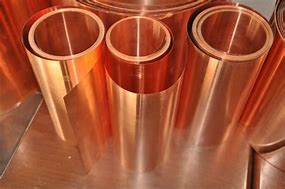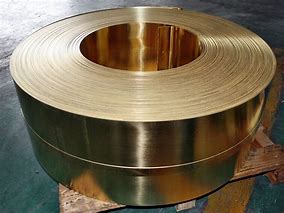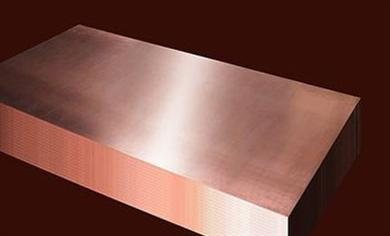**Metal Matchmaking: Joining Stainless Steel and Copper Pipes Without the Drama**
(How To Connect Stainless Steel Pipe To Copper Pipe)
Mixing metals in plumbing might sound like a bad idea. Think of it like setting up a first date between two very different personalities. Stainless steel is tough and resistant. Copper is flexible and classic. Get them together the right way, though, and they’ll work smoothly for years. Let’s talk about how to connect these two without sparks flying—literally.
First, know why this pairing is tricky. When different metals touch, they can react. Water or moisture speeds up this reaction, causing corrosion. It’s like leaving a soda can in the rain. Over time, things get rusty and weak. To avoid this, you need a middleman—something to keep the metals from direct contact.
Gather your tools. You’ll need a stainless steel pipe, a copper pipe, a dielectric union (that’s the middleman), pipe wrenches, Teflon tape, sandpaper, flux, and solder. A dielectric union has two parts: a stainless steel side and a copper side, separated by a plastic or rubber sleeve. This stops the metals from touching but lets water flow through.
Start by prepping the pipes. Clean the ends of both pipes with sandpaper. Remove dirt, rust, or old solder. Shiny metal makes better connections. Wrap Teflon tape around the stainless steel pipe’s threads. This seals gaps and prevents leaks. Screw the stainless steel half of the dielectric union onto the stainless steel pipe. Tighten it with a pipe wrench, but don’t overdo it.
Next, handle the copper pipe. Slide the copper half of the dielectric union onto the copper pipe. Brush flux onto the outside of the copper pipe and the inside of the union. Flux cleans the metal and helps solder stick. Heat the joint with a propane torch until the flux sizzles. Touch the solder wire to the seam. If it’s hot enough, the solder will melt and flow into the gap. Let it cool.
Push the two halves of the dielectric union together. The plastic sleeve keeps the metals apart. Tighten the union’s nuts with a wrench. Check for leaks by turning on the water. If you see drips, tighten the nuts a little more.
Why does the dielectric union matter? Without it, the stainless steel and copper would slowly corrode. The union acts like a peacekeeper. It handles the electrical difference between the metals, so they don’t fight.
A few tips. Always wear gloves and safety glasses. Soldering involves fire, so keep a fire extinguisher nearby. If you’re unsure about the solder joint, practice on scrap pipes first. Use a high-quality flux meant for copper. Cheap flux can leave residue that clogs pipes.
What if you don’t have a dielectric union? Some people use brass fittings as a bridge. Brass plays nice with both metals. But unions are safer for long-term projects. They’re designed for this exact problem.
Remember, plumbing isn’t just about forcing parts together. It’s about understanding how materials interact. Treat the metals right, and they’ll return the favor. No drama, no leaks—just a solid connection that lasts.
(How To Connect Stainless Steel Pipe To Copper Pipe)
And if things go sideways? Don’t panic. Shut off the water, take a breath, and retrace your steps. Even pros make mistakes. The key is patience. Every twist of the wrench teaches you something new. Now go turn that metal mismatch into a power couple.
Inquiry us
if you want to want to know more, please feel free to contact us. (nanotrun@yahoo.com)



